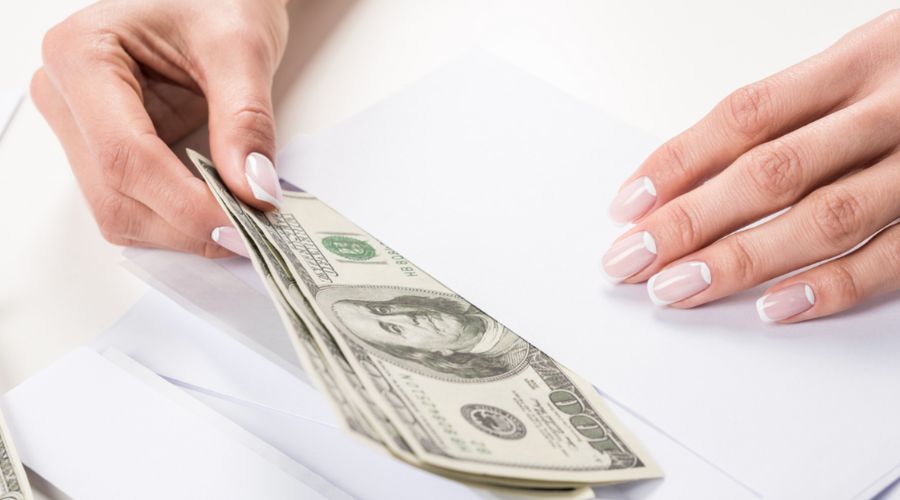Social media influencers make an old-school budgeting plan popular again
Have you heard about the new “cash stuffing” trend on TikTok? There is a slew of short videos on the social media site that demonstrate how to take the cash from your paycheck and then divide it up into categories by placing or “stuffing” predetermined amounts of real money into paper envelopes or other similar containers.
How Cash Stuffing Works
Here’s how it works:
- You gather a dozen or so envelopes, plastic zip-top bags, or even an accordion-style coupon holder.
- Label each one with the things you spend money on every month.
- The categories can be anything from utilities and rent, to your cat, college tuition, insurance – whatever your monthly financial obligations are.
One popular TikTokker uses clear pouches in a snap-top planner decorated with rose gold labels to keep her cash organized.
The Envelope Budgeting System
Before the trend became a hashtag (#cashstuffing), it was known for years as an envelope system for budgeting. The idea behind it is a good one.
Research shows people spend less when they use cash instead of when they use a debit or credit card. Why is that? The $100 bill with Benjamin Franklin’s face on the front feels more valuable in your hands than a skimpy piece of plastic, so you will be less likely to spend the cash than to tap or swipe your card. The larger the bill, the less likely you are to spend it on non-essentials. The lesson? Keep cash on hand and you could end up spending less.
The envelope method of budgeting can be traced back more than 100 years to published reports in New York City newspapers as early as 1916 when working women shared tips on how to make their checks last until the next payday.
Start By Tracking
In the new book I co-authored, “How to Money: Your Ultimate Visual Guide to the Basics of Finance,” (a guidebook for Gen Z) we talk about one of the biggest mistakes people make when it comes to their finances. That would be not having a true understanding of what they are spending money on every day. To get started, we recommend tracking your purchases for at least a week — a month would be even better — to give yourself a true picture of exactly how you spend and where you may be able to cut back here and there to reach your larger saving and investing goals.
We understand the challenges that can come with trying to live within a budget, or even just getting one started. That’s where reframing comes in. When you approach your budget like a map of your financial life, including momentous occasions to mark on your journey, the process can feel less stressful, and dare we say it, maybe even fun.
Here are a few tips to make cash stuffing – or the envelope budgeting method – work better for you:
Keep it Simple
With any new plan, it’s wise to start out small. That could mean trying out the cash-stuffing concept on daily expenses first, before launching into a 30-day household plan. When you do take the plunge, don’t forget to create a savings category and/or an emergency fund if you don’t already have one set up.
Stash Your Cash Wisely
Since it won’t be in your wallet, keep the envelopes of money you will use to pay for monthly expenses somewhere safe in your home. That might be an actual safe or inside a desk drawer. Some people hide their money in the freezer. It might also be smart not to share your hiding place with others.
Look for Low Cost & Free Activities
One of the reasons people are able to save more when they use the cash stuffing method is because once the money in the envelopes is gone they don’t get to spend more until they are paid again. Those who have been successful at this budgeting style say it’s helpful to find cheap and free entertainment options that don’t tempt them to splurge. Some suggestions: checking out books or movies from your library, hiking local trails, hosting a game night, planning a pot-luck supper instead of meeting friends for dinner, taking advantage of free admission days at local museums and art centers.

